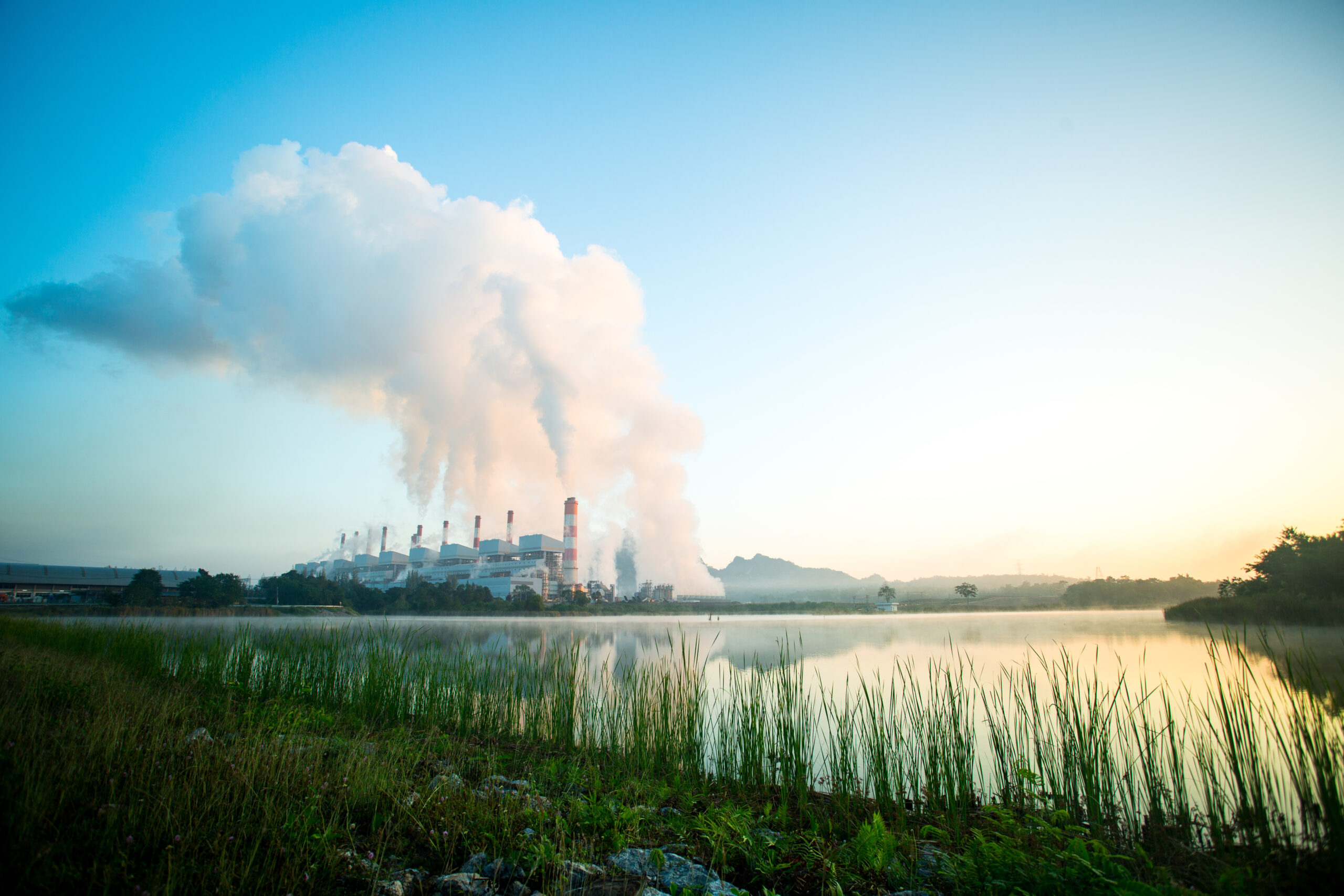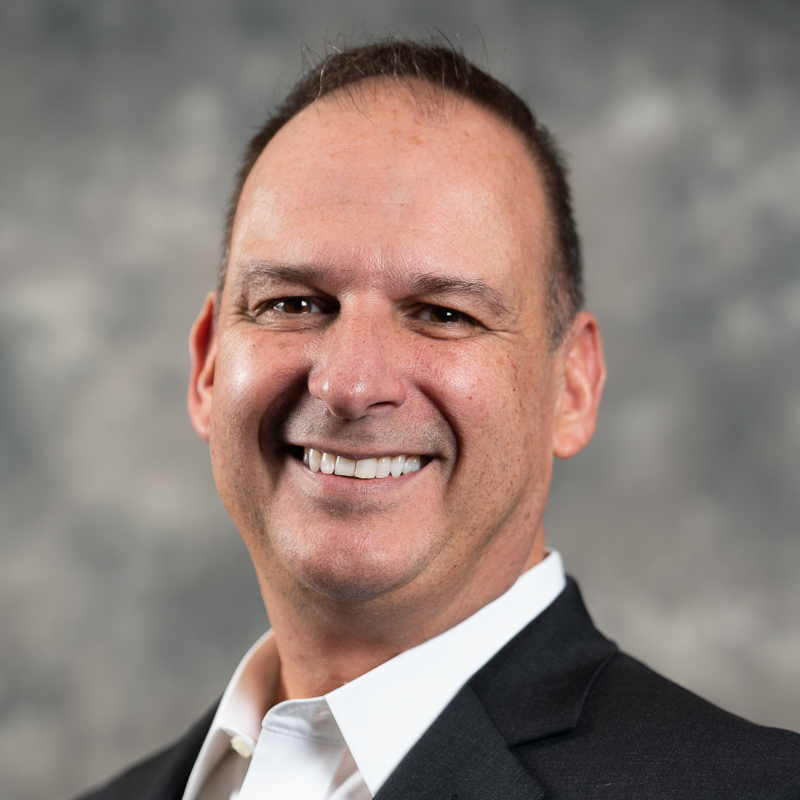
Be a Better Emissions Neighbor Under AB 617
March 31, 2021
By: Karl Lany
What is California Assembly Bill 617, and what does it mean for you?
Signed into law in 2017, AB 617 provides for real-time monitoring of air quality at a community-level with a particular focus on the monitoring of disadvantaged communities which have been shown to bear a disproportionate burden from exposure to pollutants. The framework of the bill ensures that the monitoring data collected will be instrumental in helping communities develop a Community Air Protection Program with access to grants and assistance from scientists and agency partners. The collected data will also assist communities in improving their knowledge of their local air quality and potential pollutant health hazards.
Some air districts conduct risk assessments independent of the facility. Why is this not in your best interest? These complicated assessments are often performed by individuals with limited plant knowledge and expertise, without the latest software, equipment and methodologies critical to giving the most accurate/realistic results.
As a conscientious organization, it’s in your best interest to have your own risk assessment completed –getting in front of these monitoring efforts to mitigate risk, to paint a clear picture of what risks (if any) your organization poses to the community and most importantly – to be a better neighbor.
Important questions are:
- Which operations or equipment need to be included in the assessment?
- What are the pollutants of concern?
- What factors contribute to the calculated health risk?
- What makes up the community around the facility? Who are the closest neighbors – businesses, residences, schools, or parks?
What do I need to do?
If your facility comes under the jurisdiction of AB 617, you should:
- Have your own emissions inventory and risk assessment completed.
- If relying upon source emission inventories to support risk assessments, scrutinize publicly available reference value emission factors for accuracy and applicability to your operations. Consider emission tests when reference value emissions data are obsolete or suspected of being overstated.
- When an ambient monitoring program is warranted to assess the impacts of your facility, ensure that the monitoring technology has the lowest detection limits possible, so you can get a more accurate view of the true emissions downwind from your facility – and to make sure the emissions are actually coming from your facility.
- Choose a partner with a wide variety of technological solutions so you get the best sensor or measurement solution possible.
- Find a partner with a broad level of expertise – engineers, scientists, technicians, and toxicologists – critical to developing an effective monitoring program and presenting data in a way that doesn’t needlessly alarm the community.
- Have a well-defined community meetings strategy in place. Be transparent about emissions sources and ongoing efforts.
The right partner for the job
Select a partner with the best, most well-rounded team and technology who can give you the most accurate measurements and a clear understanding of your risk assessment.
Montrose Environmental has the expertise and the best technology available to suit your needs. With a toolbox ranging from low cost sensor networks to highly accurate and rapid results generated from open path Fourier Transform Infrared Spectrometry (FTIR) and Ultra Violet Differential Optical Adsorption Spectrometry (UV DOAS) emission studies, you’ll have the best data available and you’ll get it in real time. For added real time monitoring capability, we also have a mobile monitoring platform utilizing Proton-Transfer Reaction Time-of-Flight Mass Spectrometry (PTR- TOF-MS) to broaden your air toxics data with real time measurements down to single digit parts per trillion levels. And whether it’s low cost sensor networks or PTR-TOF-MS monitoring, we’re here to keep you in the know and prepared for community meetings, risk assessments, or actual AB 617 monitoring.
And while the technology gathers your data, you’ll also have a team of qualified professionals who are experienced in analyzing the data to ensure it is accurate and most representative of normal facility operations. With quality data in hand, our team will work closely with environmental health safety teams and facility public relations staff – allowing you to shape your facility’s narrative and become an environmental ally to your community.
 Karl Lany
Karl Lany
District Manager
Karl Lany has over 30 years of air quality experience and currently oversees Montrose’s permitting and compliance in Southern California. Mr. Lany has worked with various industries in the public and private sectors and has deep expertise working with federal, state, and local government agencies. He holds an M.S. in Environmental Studies, a B.S in Civil Engineering Technology, and a B.S. in Business Finance.

